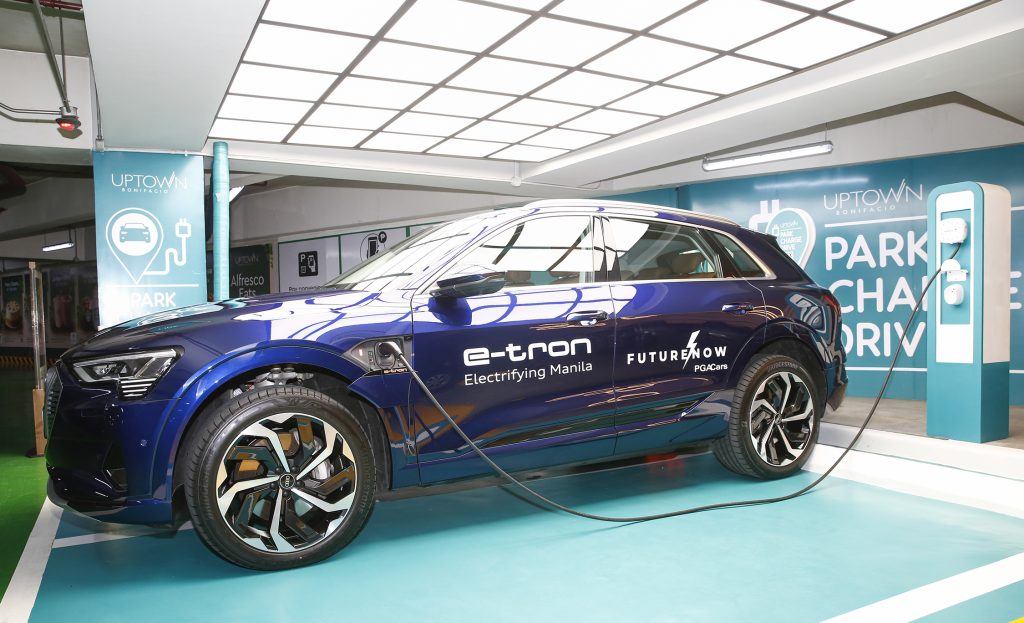Carmakers are transitioning to full electric-powered mobility as the auto industry and other stakeholders recognize decades-long concerns over the need to reduce their reliance on fossil fuels, and minimize both the tailpipe and manufacturing-related carbon footprint of vehicles.
To bridge this transition from internal combustion engine (ICE) to fully electric vehicles (EV), carmakers developed hybrid systems as a stopgap strategy. The first hybrid-powered cars reached the mass market in the late 1990s. Two decades later, the end goal of hybrid — fully electric technology — has become the standard.
Hybrid as “electrified”
Hybrid systems, as the term declares, essentially mean an ICE and an electric motor (or motors) are combined to power the car. Each power plant symbiotically works with the other — the ICE charges the battery of the electric motor which, in turn, takes over powering the car if its battery has enough charge in it. Or the two power plants can propel the car at the same time, depending on what is needed during a particular condition. In whichever case, such a system lessens both fuel consumption and tailpipe emissions because the ICE’s function is supplanted in some instances by the electric motor.
As carmakers explored other avenues on the way to full electric mobility, hybrid systems have evolved and, along with this, the term “hybrid” itself was integrated into a class now called “electrified.”
Electrified means a car uses some degree of electric power to assist its conventional ICE. On one end, electrified can be used to refer to a “mild hybrid” system, which allows the car to run on electric power alone for a very limited time, or in very specific conditions — like during coasting.
On the opposite end, electrified can also be used to call a “plug-in hybrid” system whose charger can be plugged into a suitable electrical socket. This evolution of a hybrid system extends the range the vehicle can travel on electric power alone — over 40 kilometers, in certain cases. This makes plug-in hybrids a highly suitable alternative to fully electric vehicles in urban settings.
In between this spectrum of electrified systems lies the conventional hybrid technology which debuted over two decades ago.

Hybrids need gasoline
Along with classifying hybrid systems into electrified, hybrid models have been rebranded as “hybrid electric vehicles,” or “HEVs.” Clearly, the term is meant to purport such models are genuine EVs, not mere hybrids.
But, regardless of the type of hybrid system a car may have — mild, plug-in, or so-called self-charging — one thing remains the same: for it to run, it needs to be filled with fuel (gasoline, in the vast majority of cases). After all, a hybrid car is, first and foremost, an ICE-powered vehicle.
In contrast, an EV, by its very definition, is powered solely by one or more electric motors — unlike hybrid vehicles, EVs do not have combustion engines that power the cars’ wheels. So, instead of filling up with fuel, fully electric cars are reenergized by plugging their chargers into external electrical sources. Majority of the time — as much as 90 percent, according to international studies — charging an EV occurs at home.
EV technology charges on
The leading proponent of sustainable, full electric-powered mobility in the Philippines has responded to, if not altogether enabled, this trend in the country. PGA Cars, through its FutureNow electromobility program, provides residential charging solutions with every fully electric Porsche Taycan, Audi e-tron SUV, e-tron GT, RS e-tron GT and e-tron SUV Sportback it delivers. The installation of home charging systems, conducted with expert industry partners, is no more complicated than installing household air-conditioning units.
The home charging systems complement the mobile chargers that come as standard with the fully electric Porsche and Audi models. Further supporting these solutions are the growing network of destination charging facilities being set up locally by stakeholders which share in the vision of sustainable electromobility. The recent passage into law of the country’s Electric Vehicle Industry Development Act, which requires commercial establishments and other property owners to put up charging stations, will only spur more of such facilities.
As EVs gain traction in the Philippines (the brisk uptake of fully electric models from Porsche and Audi proves this), it is clear hybrid technology has played out its role in the shift from ICE to EV power. The era of fully electric-powered mobility has arrived — the future is happening now.
MAIN PHOTO: PGA Cars “FutureNow” brings in genuine electromobility in the Philippines with models like the Porsche Taycan and Audi e-tron range — which are fully electric, not mere hybrids.









